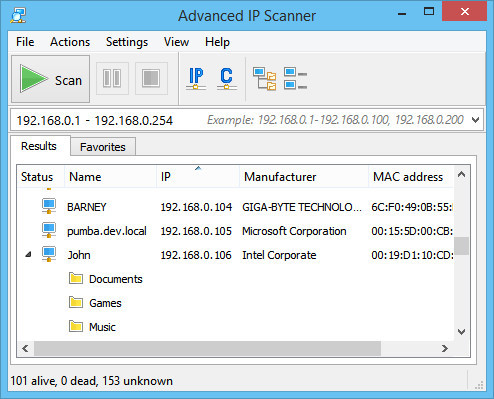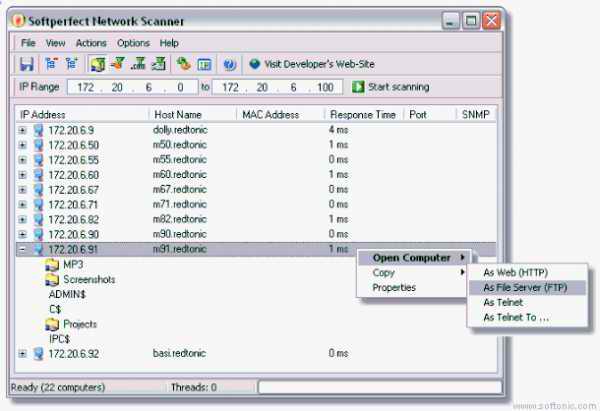
IPv6 on the other hand uses hexadecimal notation with eight banks of four character hexadecimal numbers. This structure allows for a theoretical maximum of 2 32 addresses or approximately 4 billion unique addresses if you prefer.
#Local network scanner 32 bit
Addresses are split into four octets, each representing 8 bits and giving a 32 bit address.

With IPv4 we have been used to working with decimal address notation. The first obvious difference between IPv4 and IPv6 is the address structure. Additionally, testing techniques and methodologies will require modification in order to provide clients with penetration tests which properly investigate IPv6 functionality on their networks.

Deployments of the protocol are on the increase and a potential lack of understanding could present attackers with an area of exploitation. Because of this low uptake, penetration testers, including myself, spent little time exploring IPv6 and its operation.įast forward to today and IPv6 is a subject that we, as penetration testers, need to take cognisance of. In fact, according to Google, IPv6 traffic still accounted for less than 1% of all internet traffic as of January 2013. This didn’t turn out to be the case, you could still obtain IPv4 addresses, albeit requiring greater justification, whilst the introduction of technologies such as carrier grade NAT eked further life out of the protocol. Articles predicting the complete depletion of the IPv4 address space were plenty and you could be forgiven for thinking that IPv4 would simply disappear overnight and be replaced with the new protocol. As a networking student I remember reading about IPv6 and its imminent introduction on more than one occasion.


 0 kommentar(er)
0 kommentar(er)
